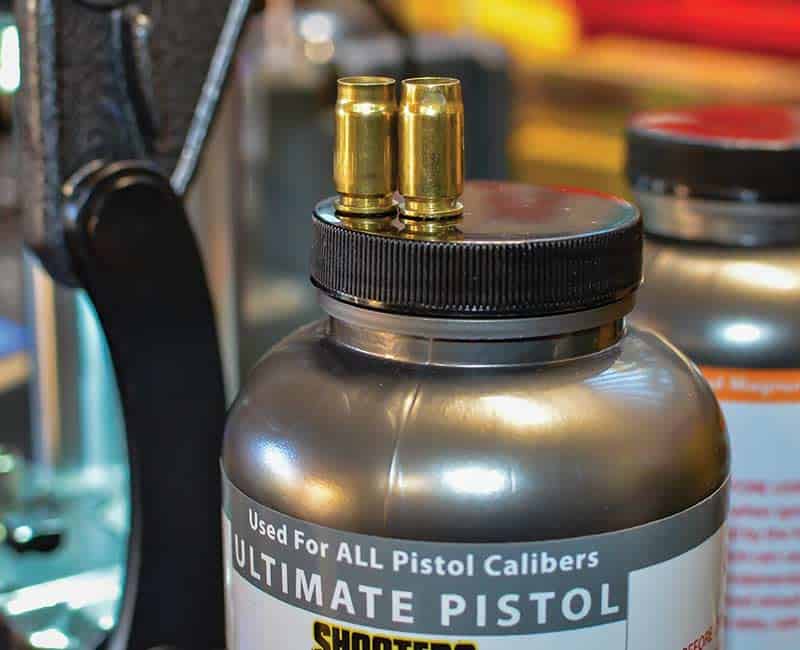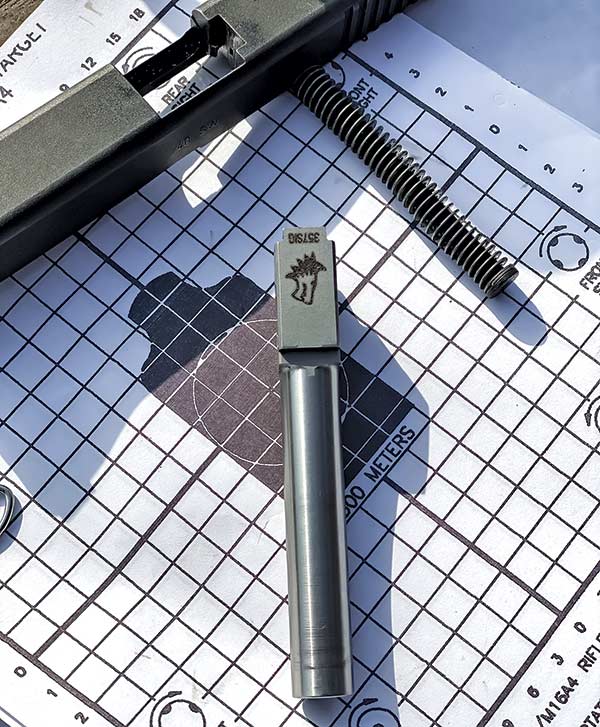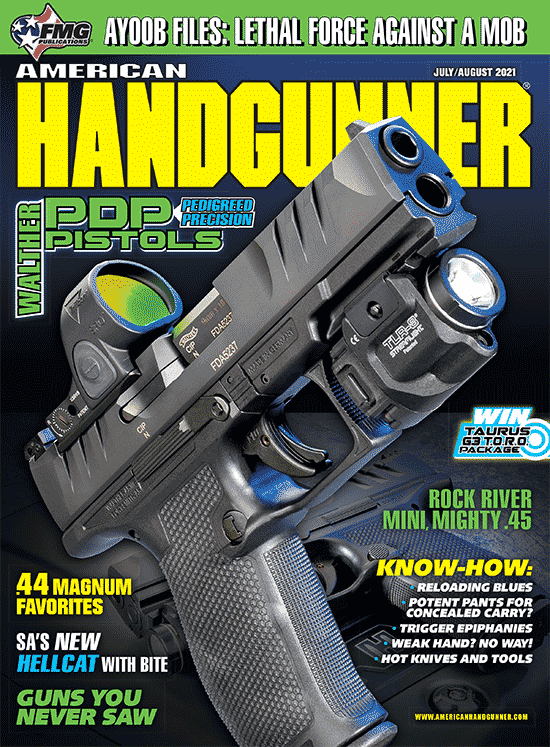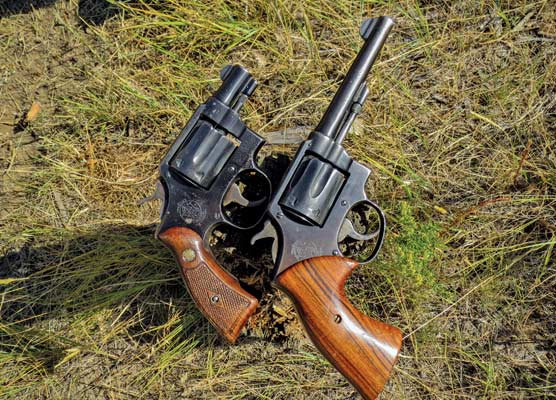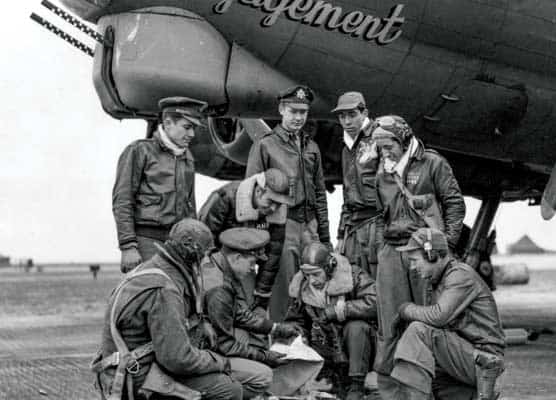The .357 SIG: 9mm
on Warp Drive
I’m a fan of the .357 SIG. It’s a confidence building cartridge that can do phenomenal things down range. It was developed to mimic the ballistics of a .357 Magnum in a magazine-fed handgun with the same length action as a 9mm. However, reloading the .357 SIG isn’t for the novice.
When I first saw the .357 SIG, I thought feeding a 9mm-sized nose into a 10mm hole made it infinitely more reliable, which it did. Quite a few Law Enforcement agencies adopted the .357 SIG with great success. In the 120- to 135-grain loadings, it really does perform like the .357 magnum.
The Right Specs
I carried it off duty and used the caliber when we had budget cuts. My duty gun was a GLOCK 22 and when our range budget was severely reduced, I wasn’t getting enough rounds for proper training. I figured it was cheaper to buy 9mm sized bullets than 10mm ones, so I got a Lone Wolf .357 SIG conversion barrel and went to work. My goal wasn’t performance. It was cheap practice.
The .357 SIG has been the subject of some controversy. It’s a semi-auto handgun cartridge with a shoulder, but it headspaces on the case mouth. Correctly shouldered cartridges will always chamber correctly if sized correctly, regardless of where the case mouth lies.
The latter part of the case has the same diameter as the 10mm and .40 S&W family. I experimented with sizing .40 S&W cases to .357 SIG and found .357 SIG cases are 0.860″ and converted .40 S&W cases are about 0.846″. It can be done, but this practice should be filed away with reusing primers when civilization falls, and cases are unavailable. My Speer manual says don’t do it. I don’t and you shouldn’t either.
Some manufacturers used a 9mm bullet for .357 SIG loadings. They shot well until they were tested through barriers like tempered glass, where jacket/core separation distinguishes which manufacturers did their homework. Hornady and SIG SAUER definitely did. Other companies, not so much.
Starting out, I made some rookie reloading mistakes. I went out and ordered some 124-grain RN plated bullets and tried to load them. No matter what I did, I couldn’t keep it under the 1.140″ maximum overall length. In this bullet weight, the best bet is a TC-style bullet with a generous meplat. Most RN plated or jacketed bullets around this weight won’t work as the nose sticks out too much.
I worked up two LSWC loads suitable for practice. The lighter was for punching paper; the heavier TC one was for steel and bowling pins. I also played around with a JHP, just to see what it could do. The Hornady 124-grain XTP can be pushed to velocities around 1,600 fps, but everything I shot was moderate. The wider meplat and reduced taper keeps the OAL within the range of the cartridge’s specs.
AA#9 is one of the easiest powders to work with in this caliber, besides Shooters World Ultimate Pistol (DO 36). AA#9 usually will require loads nearly filling the case and works well for higher velocity loads. If you’re working up a load, try magnum primers around the 12.5- to 13-grain mark.
High-Velocity, But Slow?
For practice, I settled on a load with Ultimate Pistol. Ultimate Pistol is easy to distinguish — it looks like miniature flattened spheres. It’s so versatile it can be used for calibers ranging from .380 to .45 LC. Ultimate Pistol gets cartridges to Major Pistol velocities, without dangerously high pressures and yields low flash. It meters beautifully in my Frankford Arsenal Intellidropper.
While there is little load data for lead bullets and Ultimate Pistol, you’ll find this powder is a workhorse for .357 SIG loads using lead bullets.
I went to 6.6 grains of Ultimate Pistol on the 120-grain bullets. After a few rounds, it was keyholing. Since I had worked up to this load without it keyholing before, I figured the problem wasn’t lack of obturation. I confirmed there was leading at about 1,150 fps. I switched to powder coated bullets, and the leading didn’t occur until about 1,250 fps. I backed down to 6.5 grains of Ultimate Pistol, which ran well and left only a moderate amount of carbon. At 25 yards, groups stayed under 2.25″.
I enjoyed playing around with the .357 SIG, but eventually I did the obvious. I switched to 9mm for duty, and made 9mm practice rounds, using cheap, readily available components. However, I still keep my .357 SIG barrel around, just in case I need to send a 9mm bullet into warp drive.

